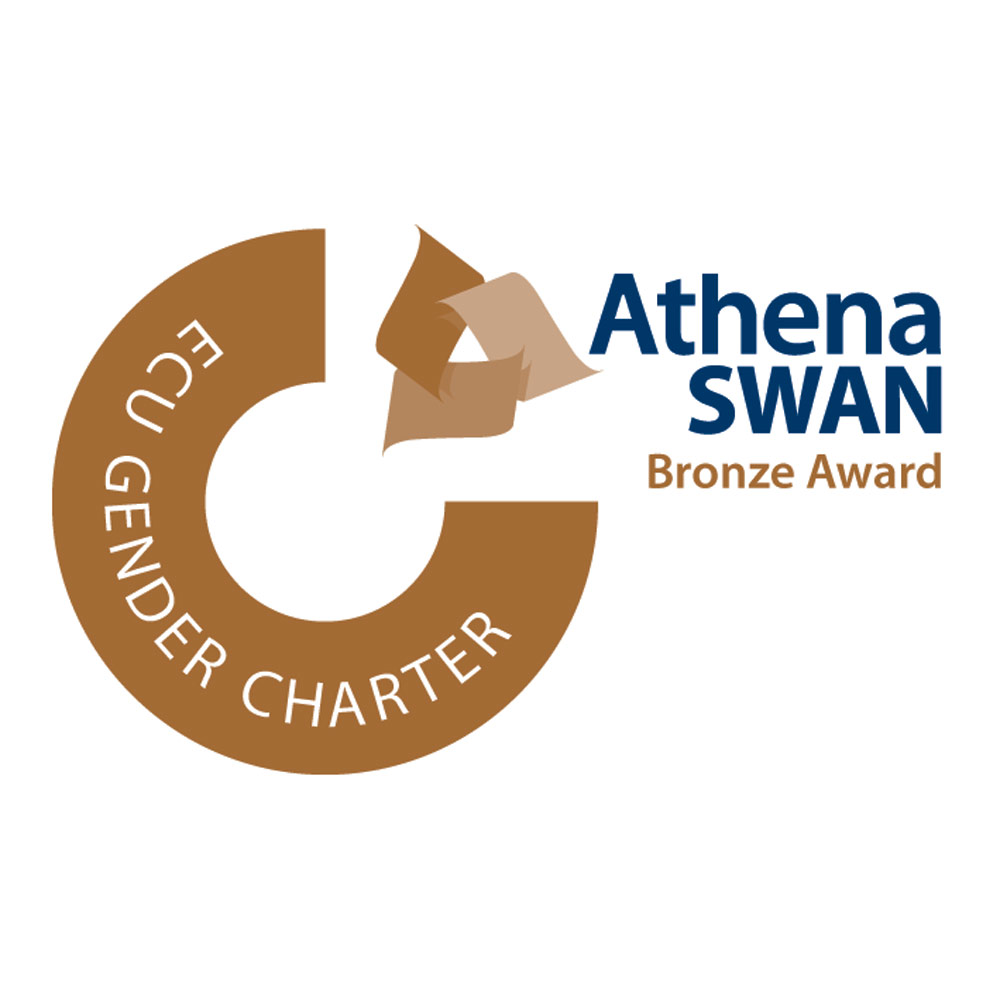We are committed to pay equality at our University. Here, our Director of People & Culture, Susie Morgan, gives an update on our continuing work in this area.
The publication of our third annual gender pay gap report (to be published soon) is a key moment to review our progress in relation to equal pay and to apply best practice in shaping our commitment to rewarding staff fairly, based on their contribution regardless of their personal characteristics.
There are a range of dimensions to the gender pay gap: ensuring equal pay for work of equal value, so that women and men get paid the same for similar work; and closing the overall pay gap (defined as the difference between men’s and women’s average earnings across the organisation).
On the first dimension, our regular equal pay audits have confirmed that by grade and across all grades, we have no significant gender pay gaps between women and men and there is equal pay for work of equal value. On the second dimension, between 2013 and 2019, our institutional mean gender pay gap (which is a measure of the difference between men’s and women’s average earnings across the University), has reduced by 8.3% (from 24.8% to 16.5%). Our institutional median gender pay gap is currently 16.2%. This represents good progress, but it is not acceptable to have any gaps at all.
Over the last three years, we have been working hard to delve deeper into the data. We know that the gap arises from the uneven distribution of men and women across grades and that we have a much higher percentage of female staff working at lower grades and a higher percentage of male staff at higher grades. We also know there are many other reasons that lead to a gender pay gap – and that we need to tackle these.
In order to identify where further progress can be made, we have therefore looked at pay gaps within sections and departments and by job families i.e. academic staff and professional services staff.
This analysis has revealed that the main driver of the gender pay gap (men’s and women’s average earnings) is large numbers of male staff in highly paid academic roles. If the five academic departments with the largest gender pay gap were removed from the calculation, the mean gender pay gap would reduce to 13.2% and the median to 11.1%. In these departments, the percentage of female staff decreases sharply at higher grades. We also know that sections/departments with more equally balanced numbers of men and women across all grades have lower pay gaps.
Future Actions
One option provided for in the Equality Act 2010 is for positive action to be taken at the point of offering employment. This means that when a panel considers that two (or more) candidates are of equal merit, the panel can select a candidate from a particular group that is under-represented. This approach might provide an opportunity for departments with large imbalances in the gender distribution of academic staff, to address this – and to this end HR will be providing guidance on how this might be taken forward.
Another option is to have a better balance between males and females. If a department currently has 80% male academic staff and 20% female academic staff, we think our aspiration should be to have 60% males and 40% females. Our HR teams will provide each department with the necessary information to support their decision-making. We think a 60/40 distribution – whilst not ideal – will be an improvement and something to aspire to. Our ultimate long-term target is a 50/50 distribution, but this does not currently reflect trends in the sector or the UK overall.
Whilst the focus of this work requires us to consider gender as binary, we know that many members of our community identify outside the gender binary and/or as trans. We are committed to continuing to work to create an environment that is truly inclusive for everyone regardless of their gender identity, sexual orientation, race, religion, age or disability status. I would really like to encourage you to engage in Athena SWAN work going on in your department and, if you work in a professional services section, to look out for our new Athena SWAN-inspired Essex Diversity Impact Award Scheme.

Like many, I was shocked by recent incidents involving the removal and defacing of posters in support of LGBT+ people. Their removal or defacement is utterly unacceptable and I want to encourage you to play whatever part you can, in making clear that we are community where everyone is accepted without exception.
